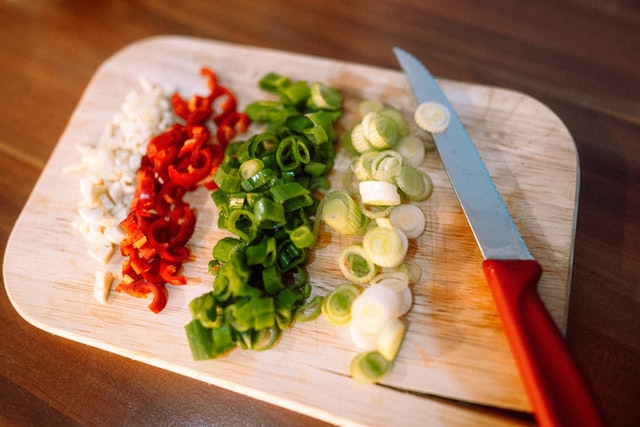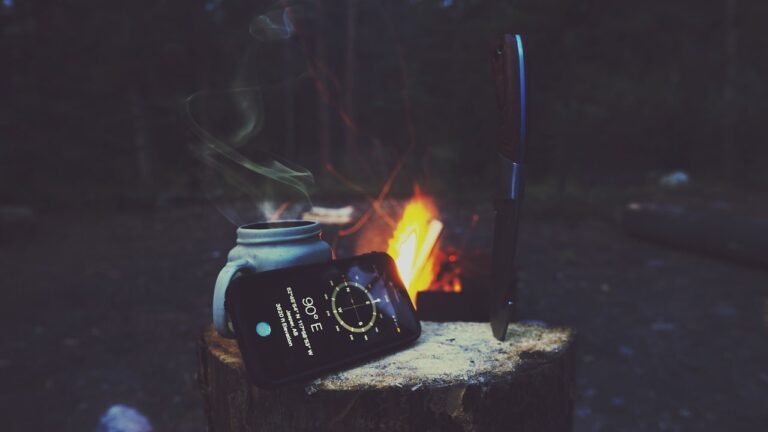If you have gone through my knife safety guide, you already know that a sharp blade is better and safer than a dull blade.
But then again, how sharp is too sharp? Or, better put, can a knife be too sharp for safety, cutting, or other purposes?
That sounds interesting, but what I found out will interest you more.
A knife can never be too sharp in its entirety, but the blade can be too sharp for certain tasks. The measure of relative sharpness is not against the knife itself but the tasks that it is applied to. Thus, a knife can be sharp enough for cutting corrugated sheets but too sharp to cut ordinary paper.
Table of Contents
When can knives be too sharp for any purpose?
Quite some times.
There are points where a knife will be too sharp to be taken to certain materials. The knife should be able to cut them right, but it won’t do so effectively.
For example:
- An extra sharp high carbon steel knife has nothing to do on the dining table;
- A highly polished knife edge won’t cut a rope as well as a knife sharpened at 600 grit level;
- Serrated knives/ knives with toothy edges will work better on a medium like tomatoes than finely-polished, sharpened knife edges.
- You would rather cut a sandwich in a paper plate for your kids with a relatively dull blade than a very sharp knife; and
- It would be wrong to cut sheet cake on Tupperware with a sharp knife (especially if the Tupperware belongs to the neighbor)
In these cases, it’s not that the knives are not sharp enough to cut these items. It is rather that they are too sharp to be considered here at all.
So, you would prefer a duller knife, so to speak.
How do you dull a sharp knife?
Before you dull that knife, consider getting a better-suited knife for any other operation that you want to perform.
So, you leave the sharp knife as it is and buy another knife to complete other tasks where you don’t need that level of sharpness.
If you are sure you want to dull that specific knife, though, I have written a guide with multiple methods on how to do so here. Follow the recommendations that agree best with you on that guide to get your relatively duller knife
Can a knife be over-sharpened?
Sharpening a knife chips away small amounts of steel every time that you do it. With time, you will have worn away a decent quantity of surface edge steel that comes with the knife on each sharpening attempt.
That is why I generally advise using the honing steel on your knife more times than you sharpen it.
That said, though, can the knife get to a point where it is over-sharpened?
A knife can never be over-sharpened under normal sharpening conditions. When power tools are introduced into knife sharpening, they might heat the steel and change the properties of the material, leading to a case of over-sharpening the knife so much that it is ruined.
Keep different levels of sharpness
From everything that you have learned so far, here is the biggest takeaway:
Not all of your knives should be sharpened the same.
Some of your knives can be sharpened at a higher grit level such that they are finer, have this mirror-y finish, and are sharp for days. Just know that such knives won’t be going with you on a camping trip or anything of the sort anytime soon.
When you want functional knives that can cut ropes, split wood and perform such other tasks, you don’t want the blade too sharpened. Those who EDC a knife know that they need those micro serrations to ‘bite’ into the items that they are cutting.
These micro serrations can be seen when you look at the knife edge closely – or under a microscope.
Finally, don’t use other people’s knives.
I have a grandmother who likes to cut veggies into her palms, instead of using a chopping board. If she were to use my knives, for example, she might end up cutting herself. To her, my knife would be too sharp.







![What Is A Paring Knife Used For? [Uses, Best Brands & FAQs]](https://cutsandcarves.com/wp-content/uploads/2021/05/What-Is-A-Paring-Knife-Used-For-Uses-Best-Brands-FAQs-768x1024.jpg)
